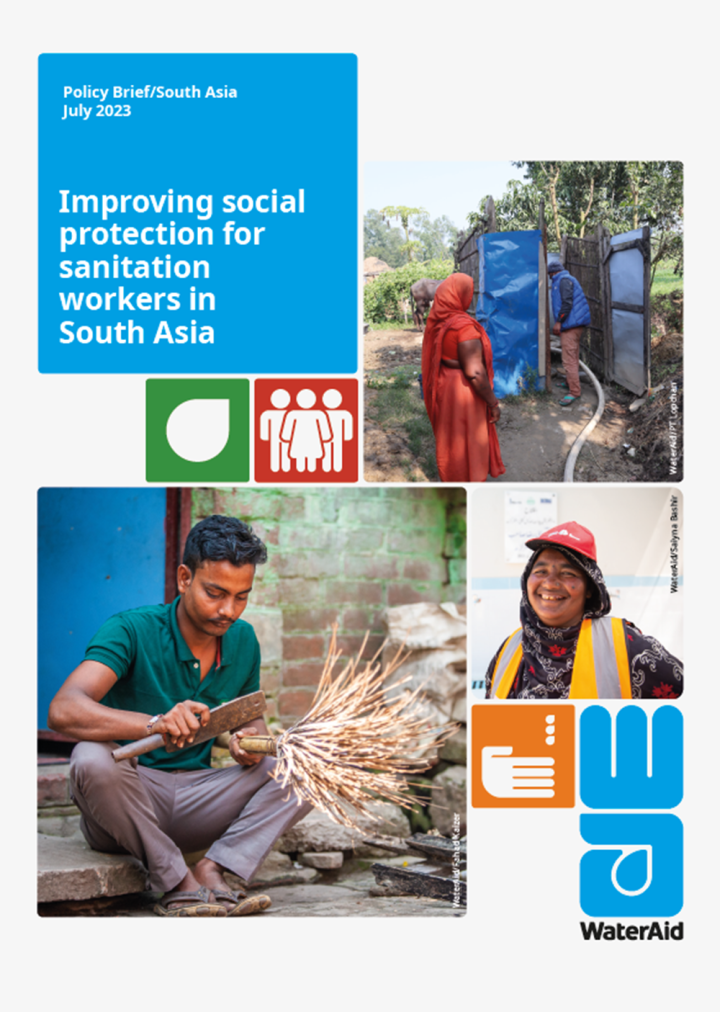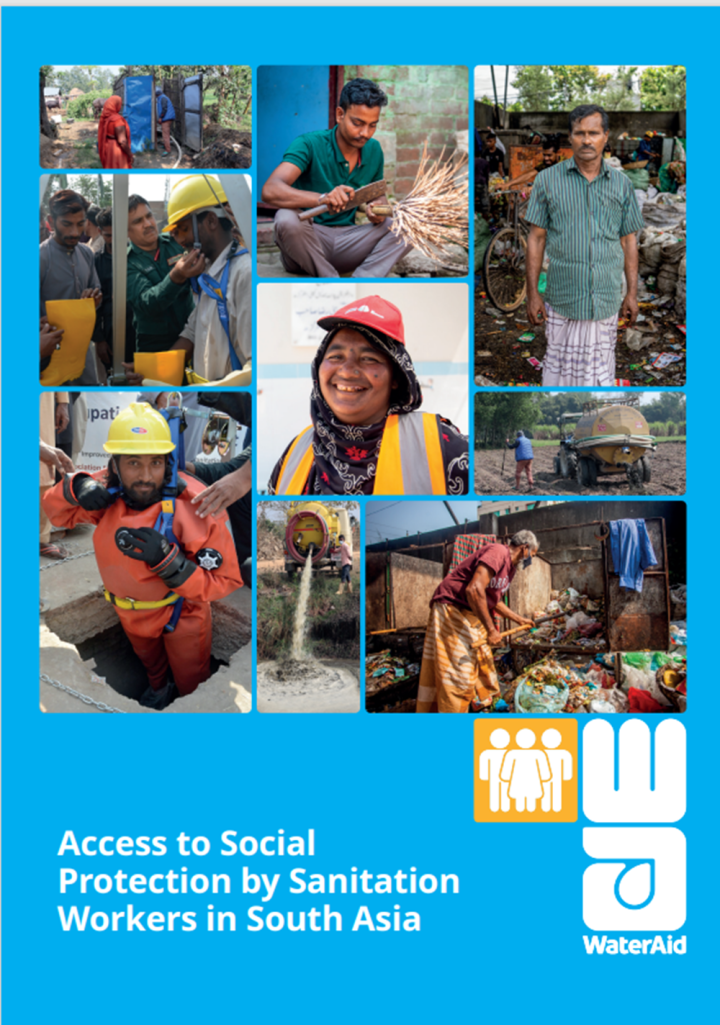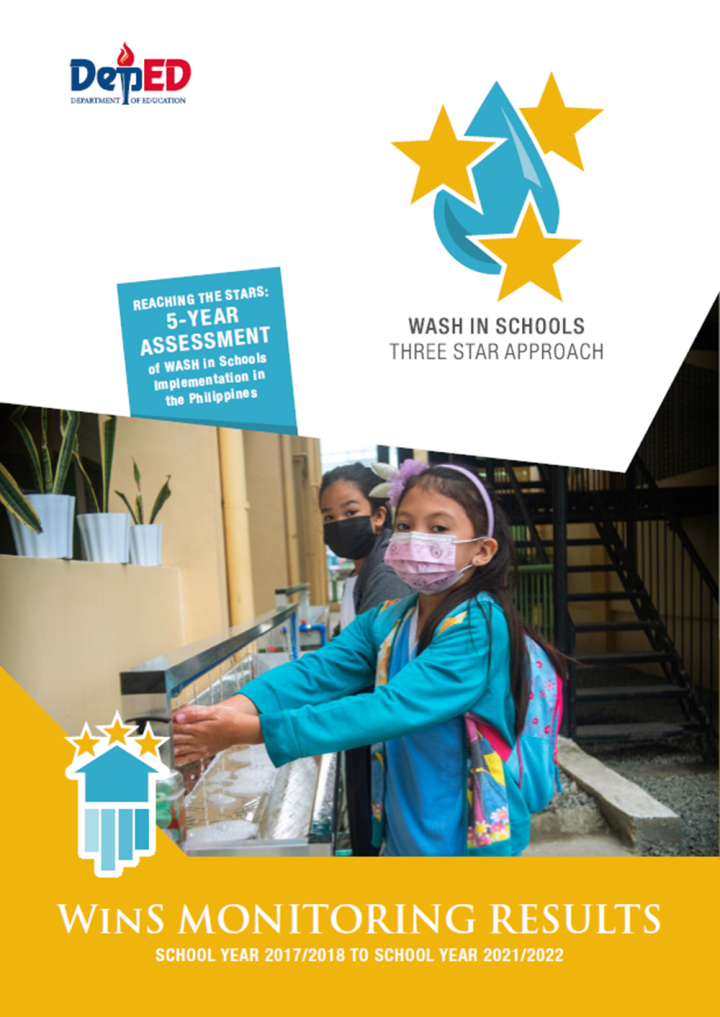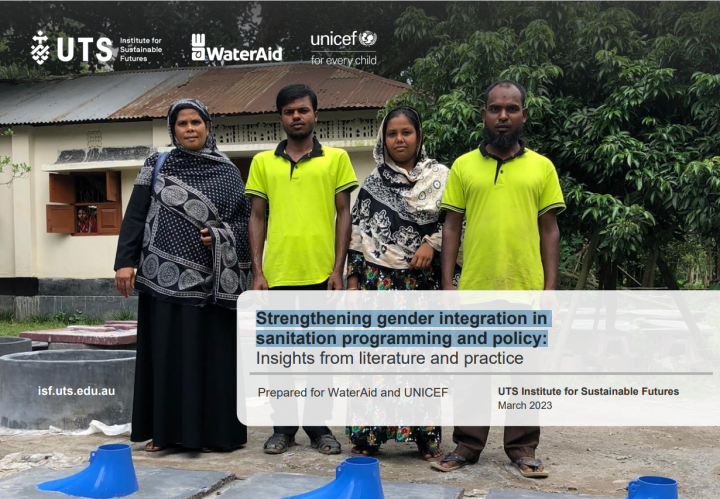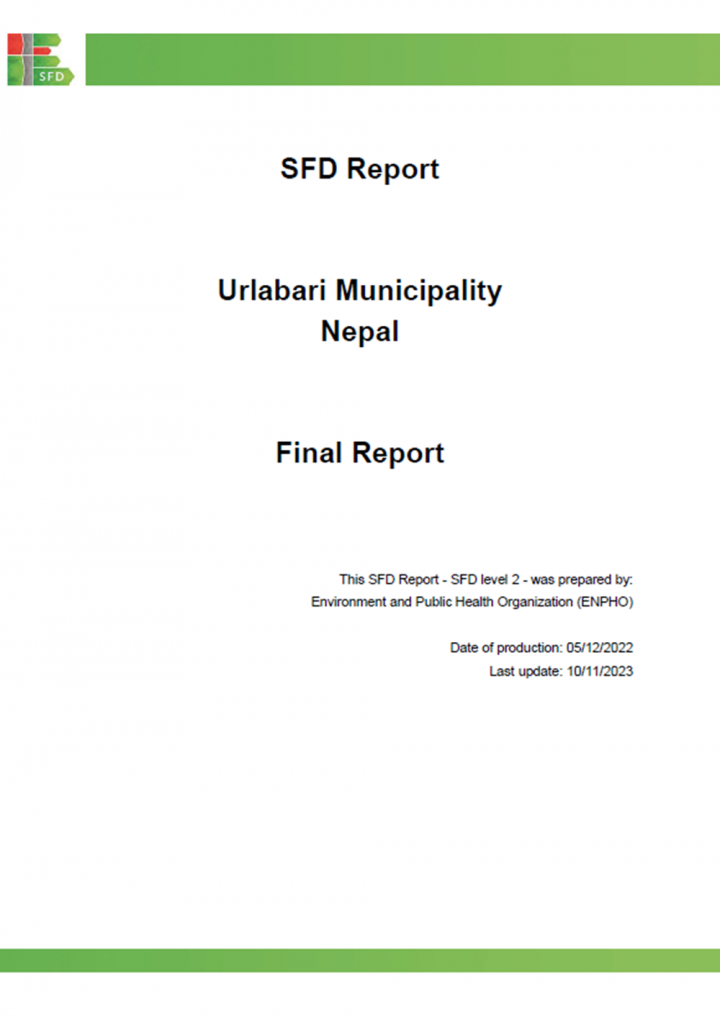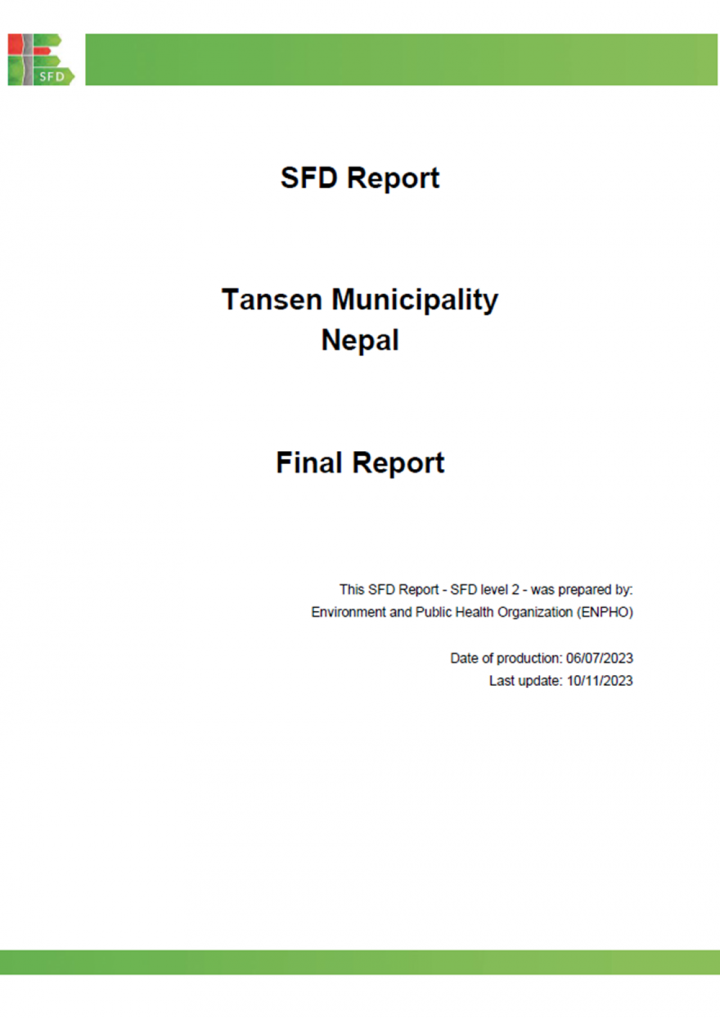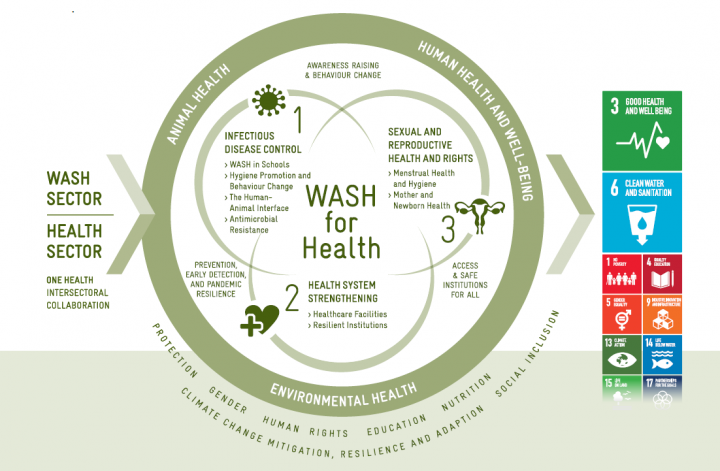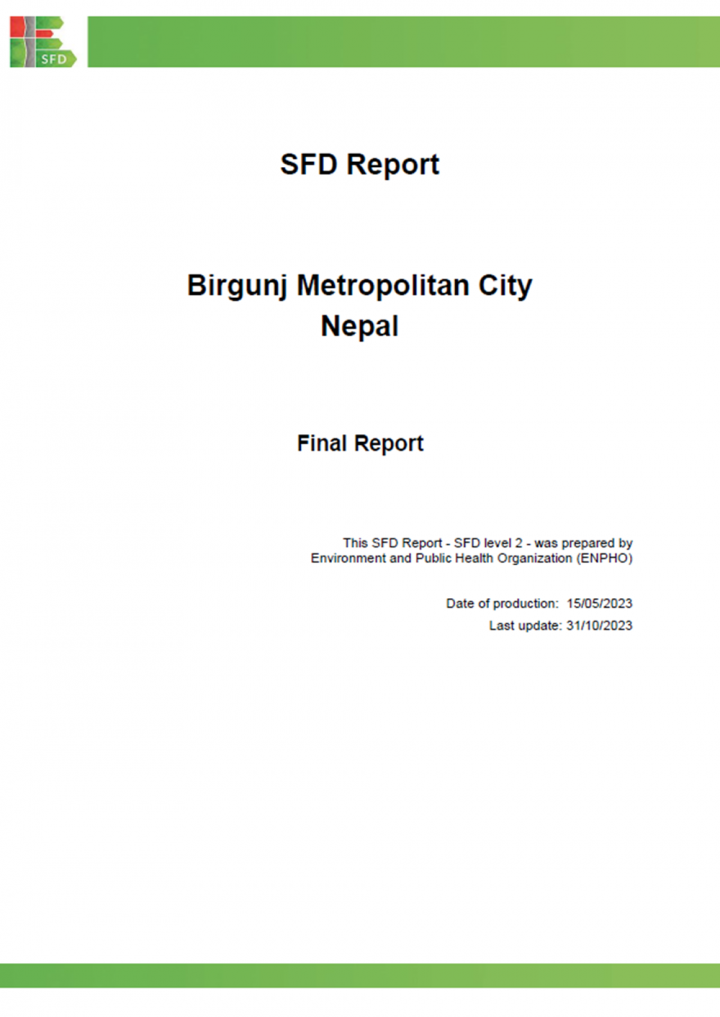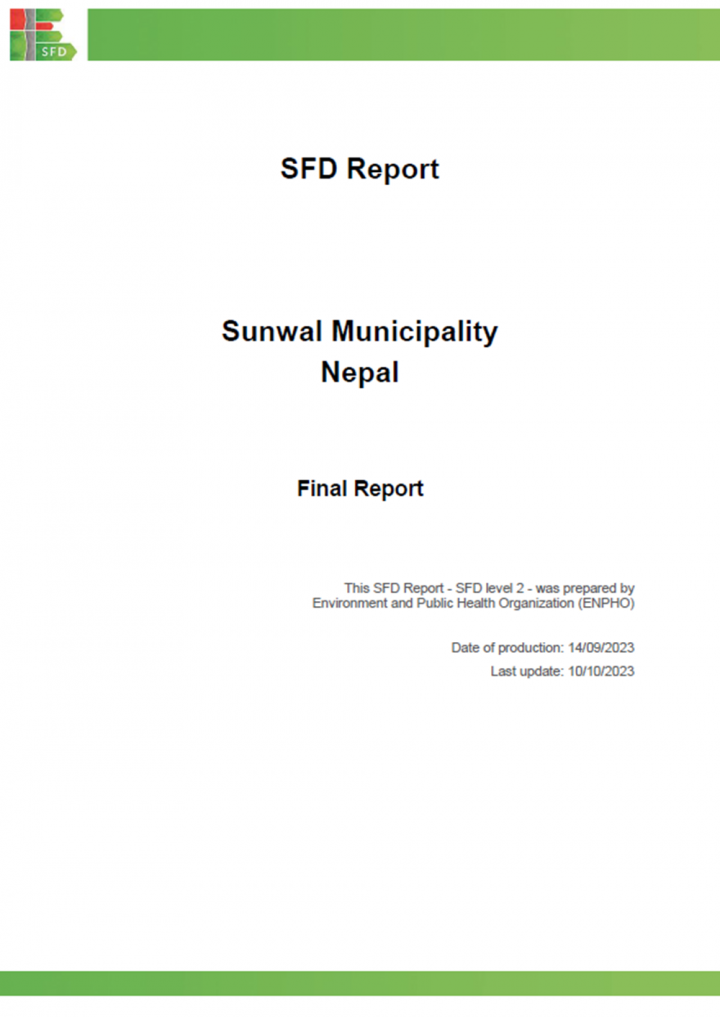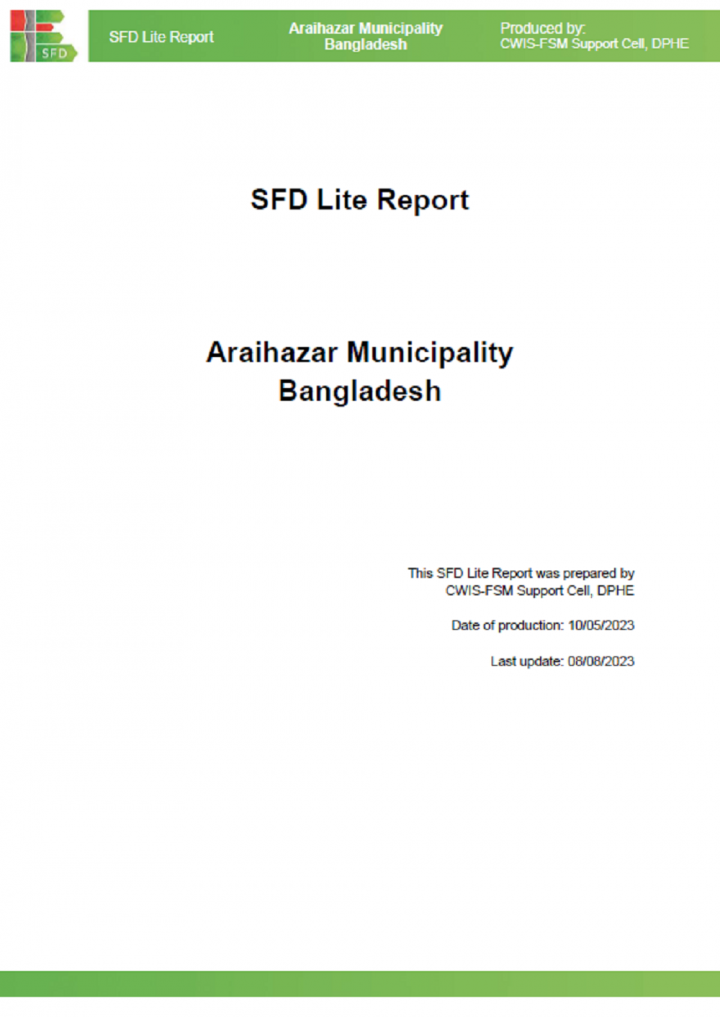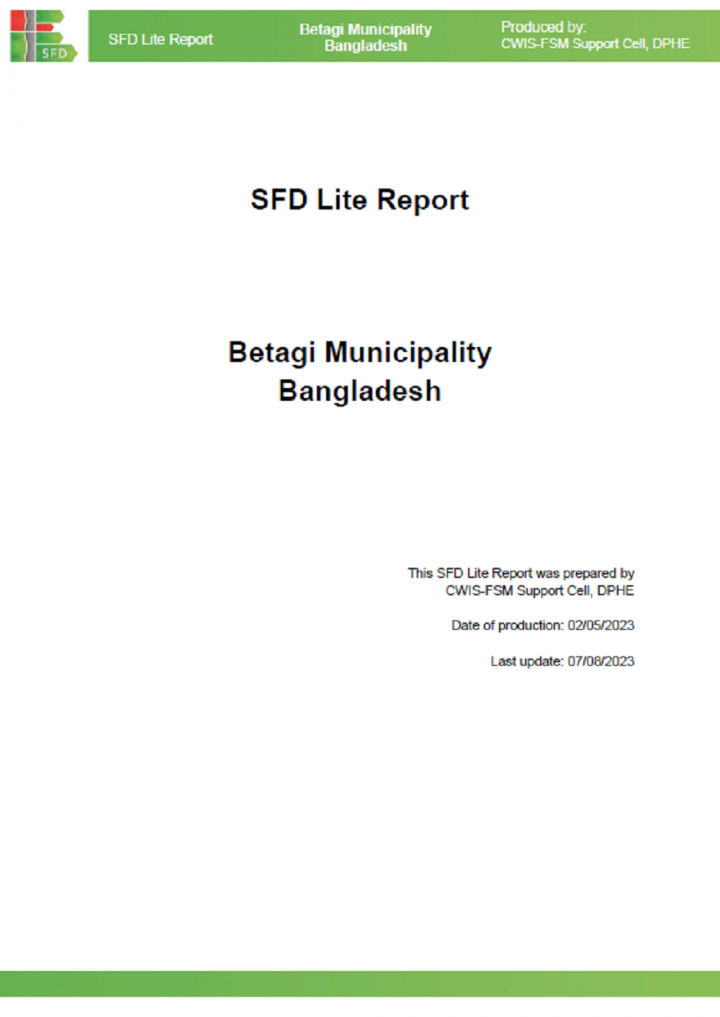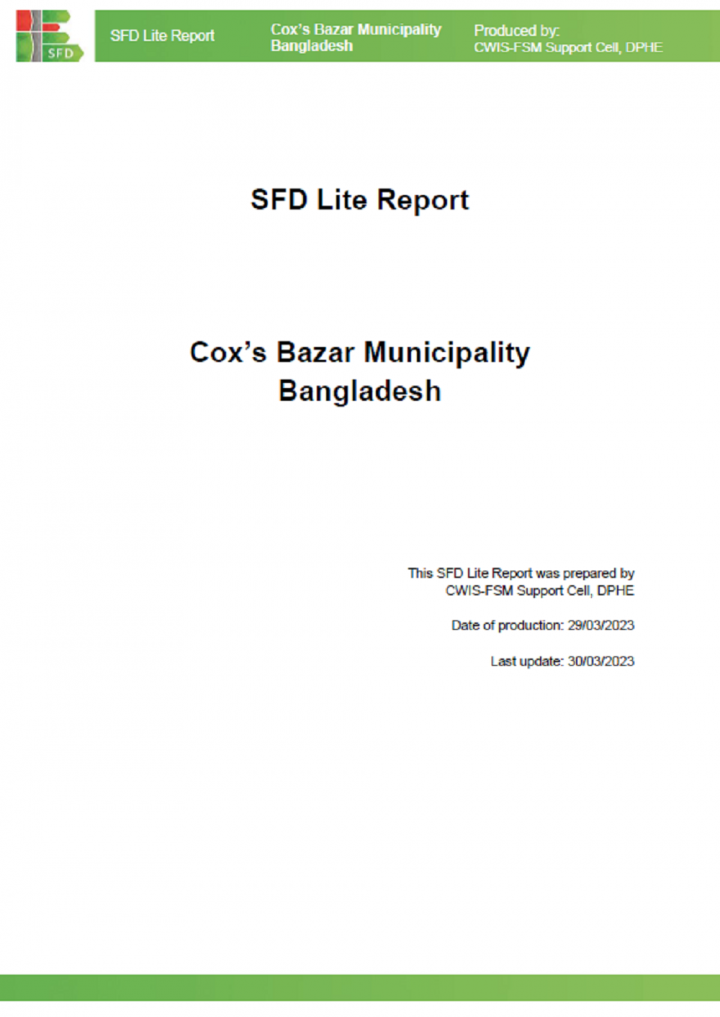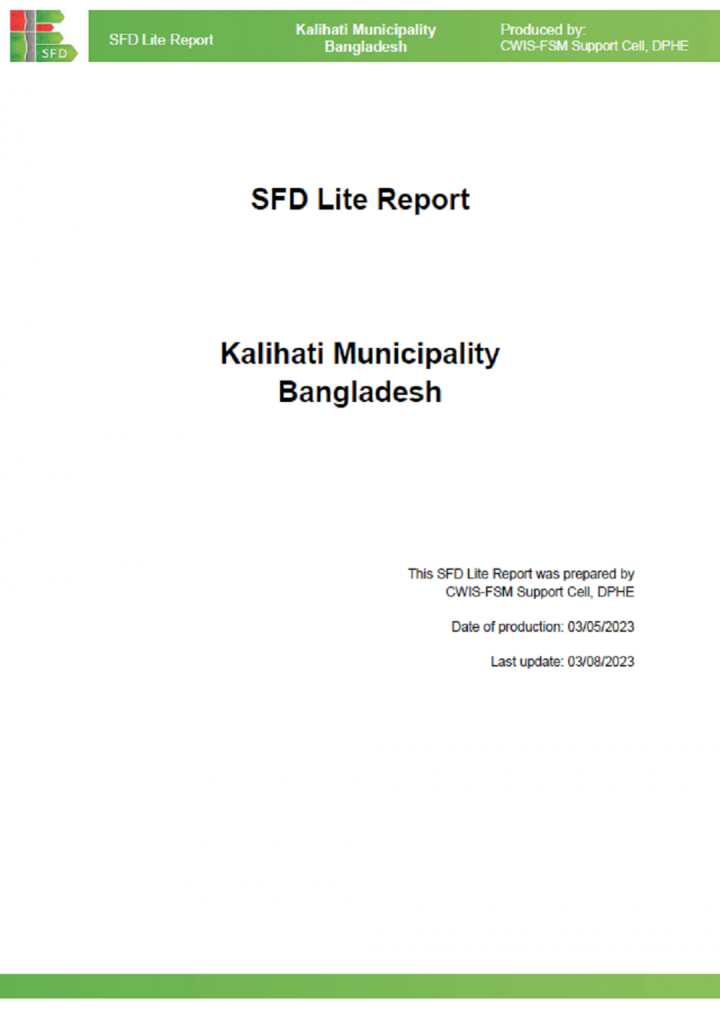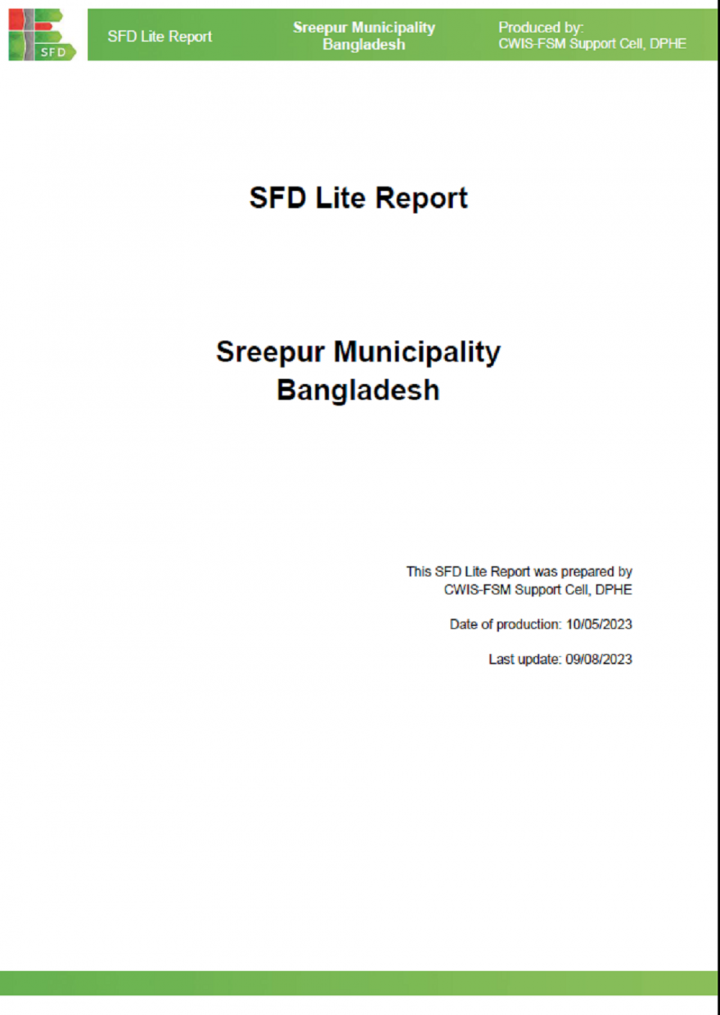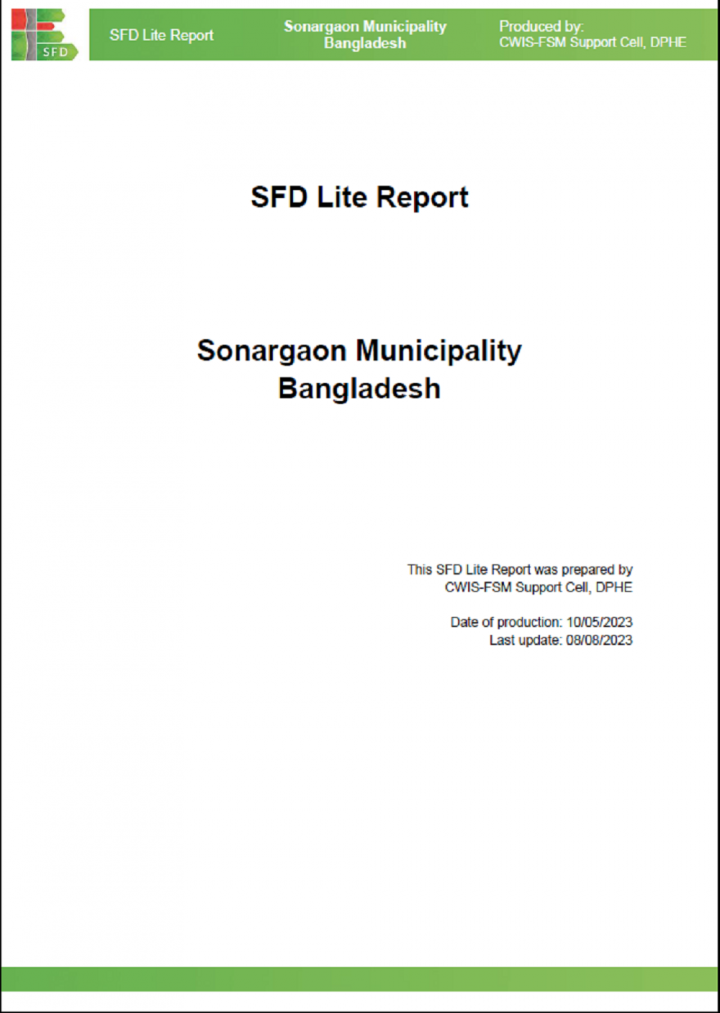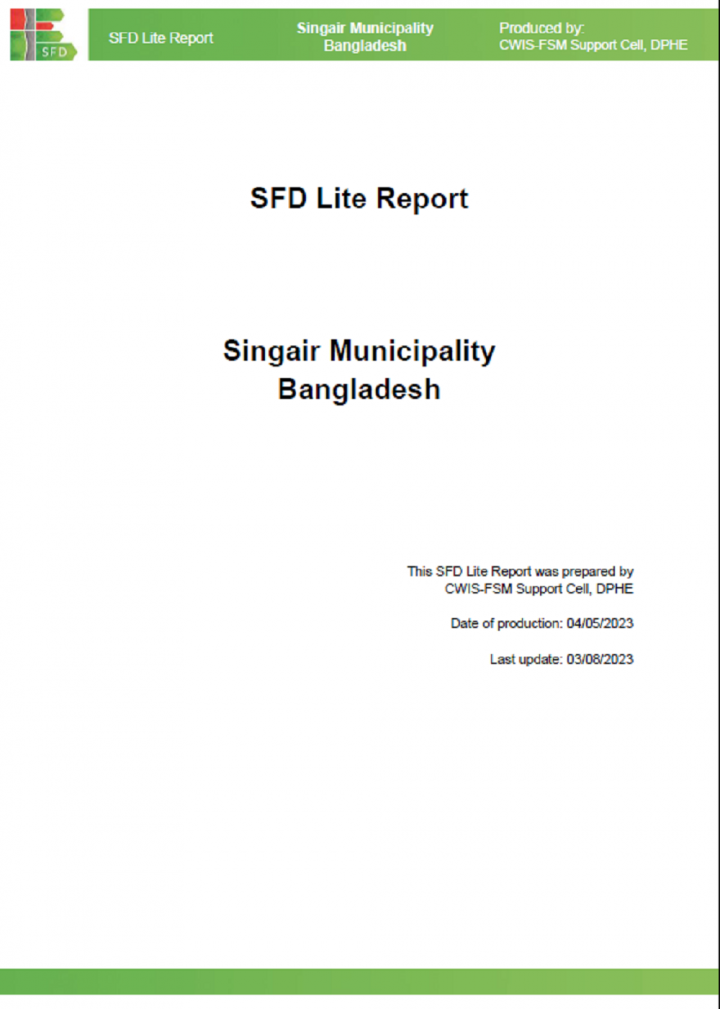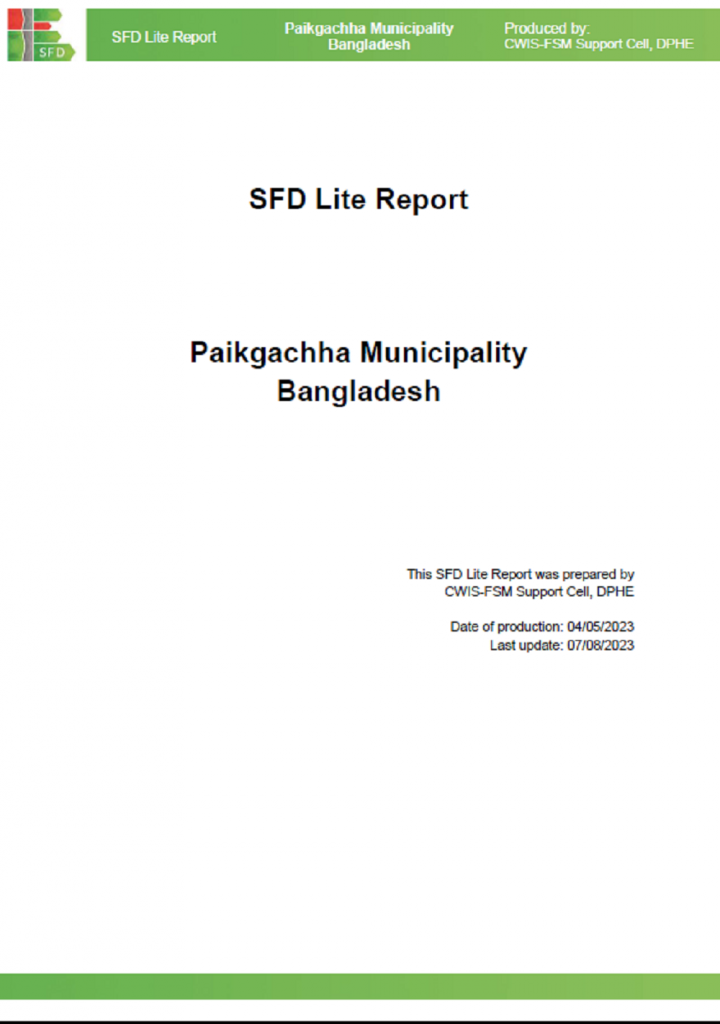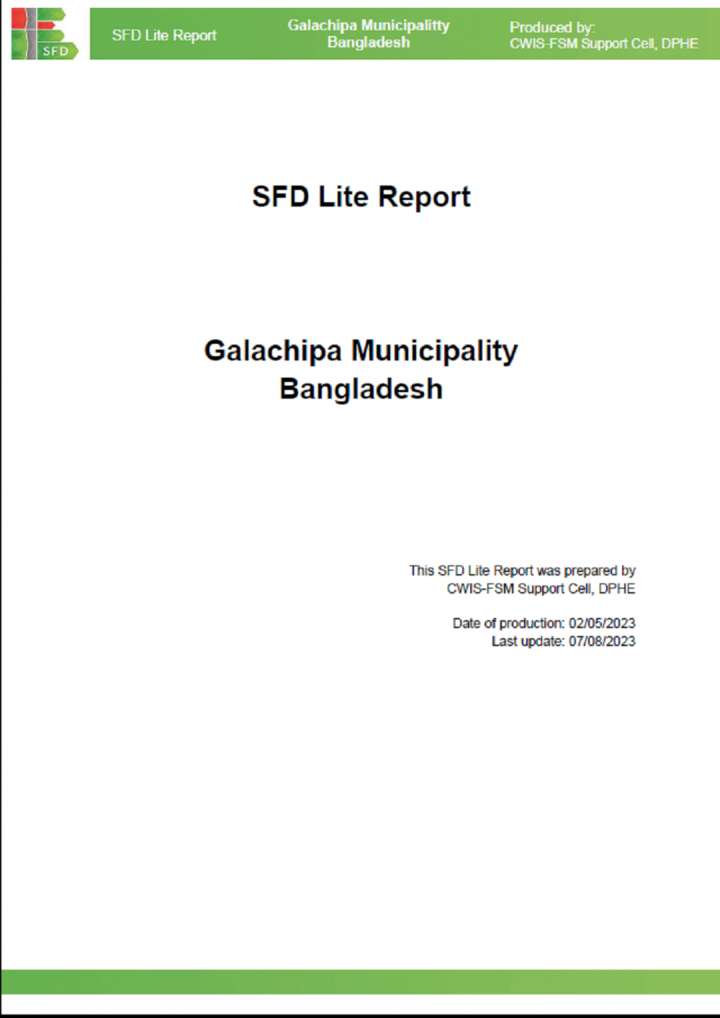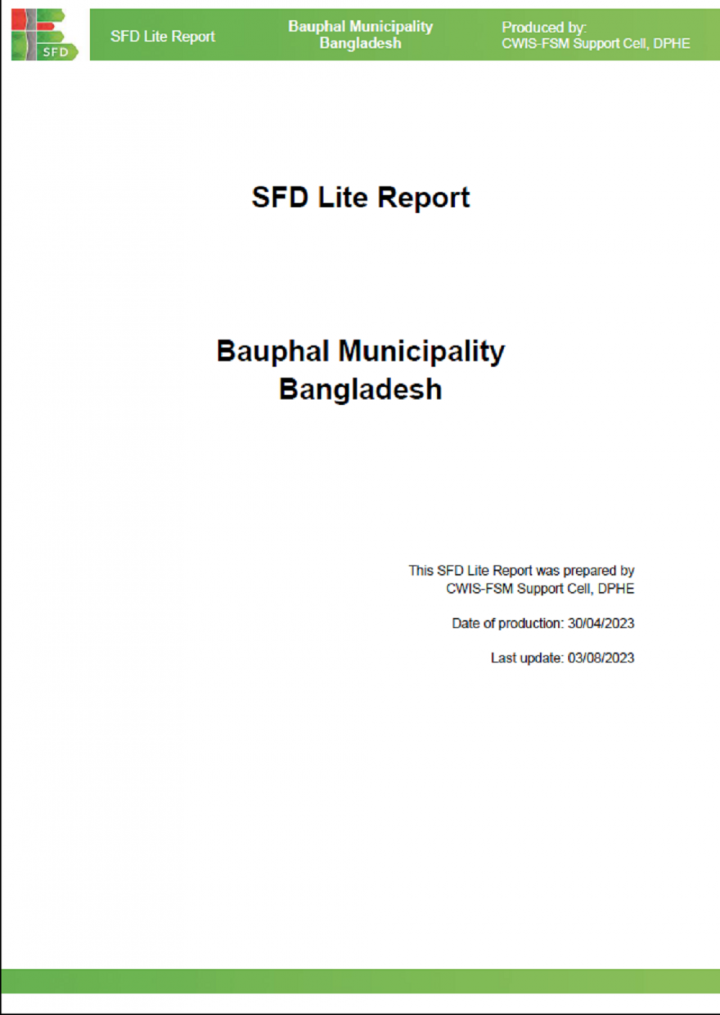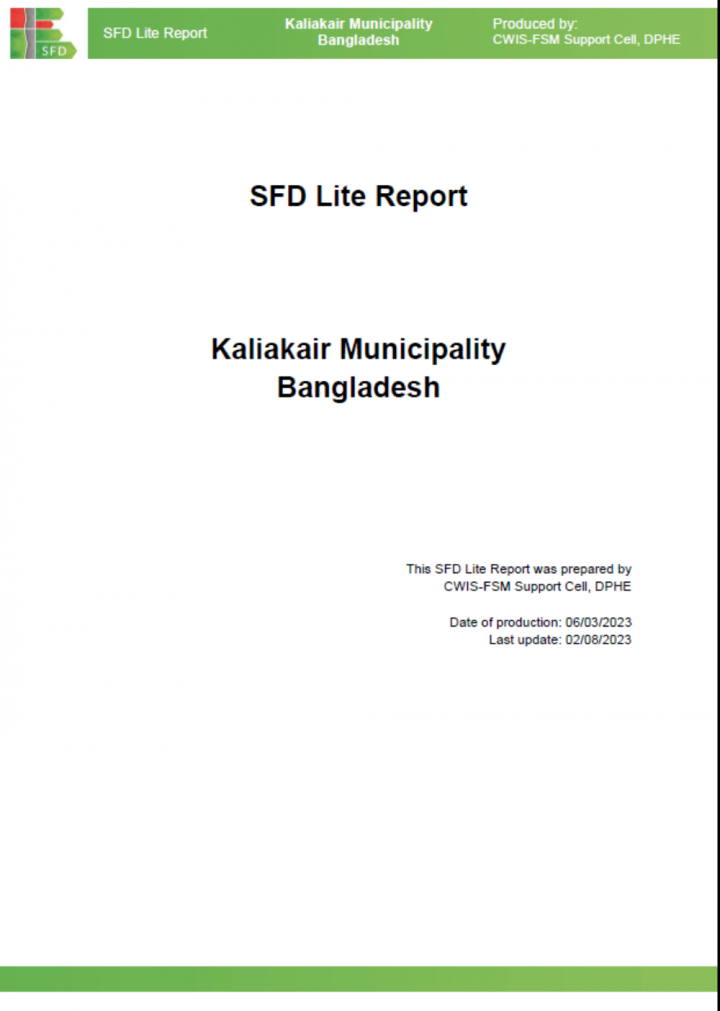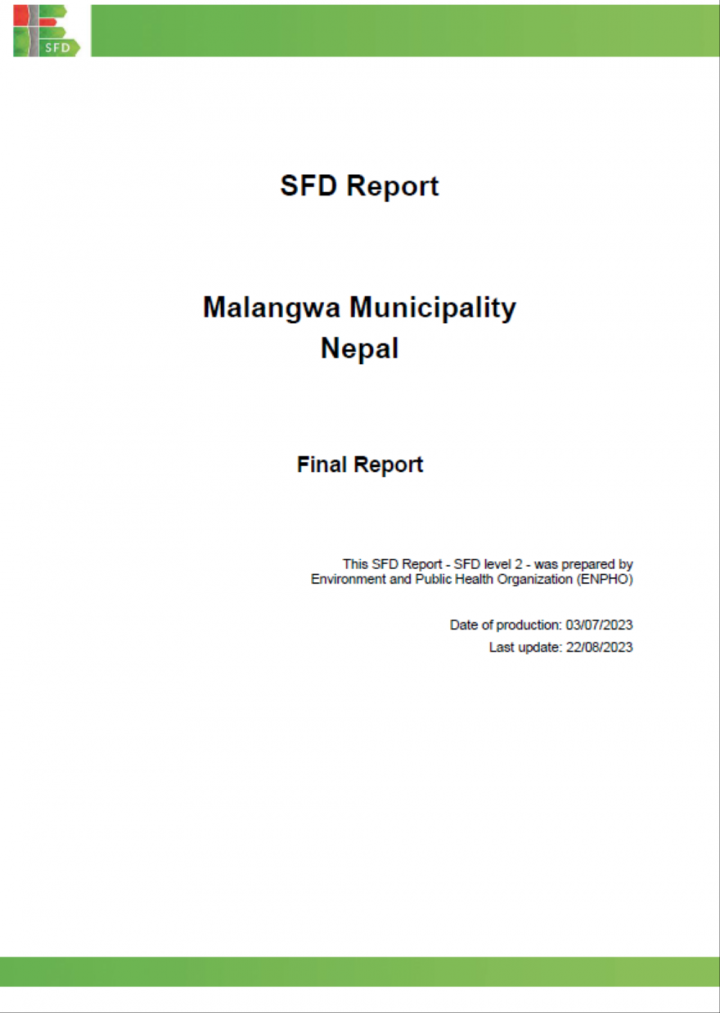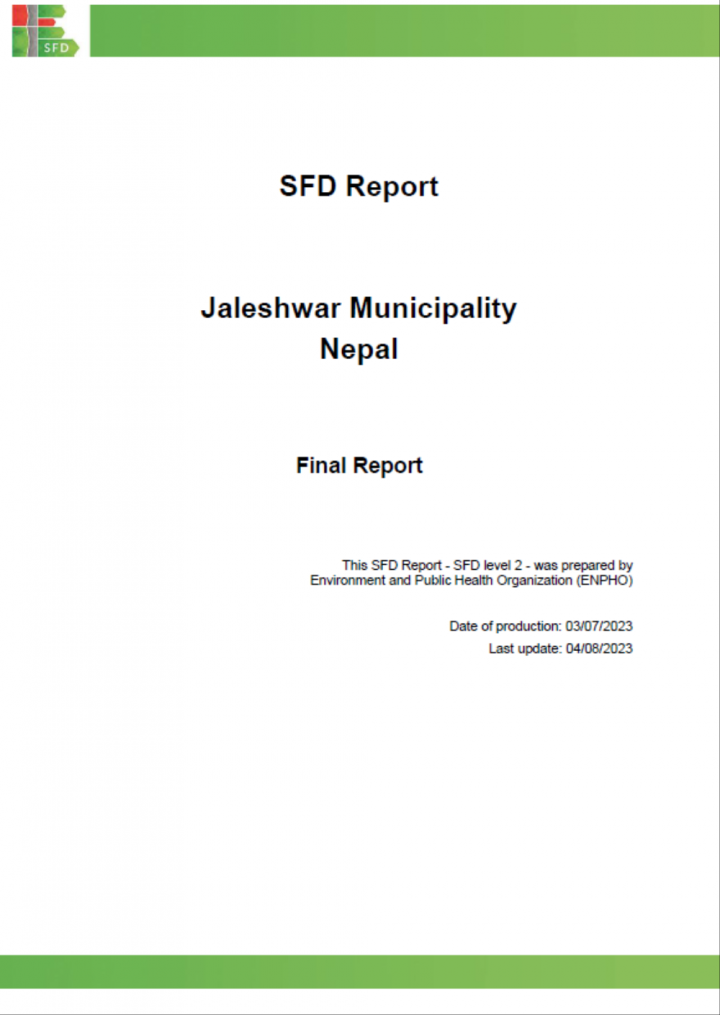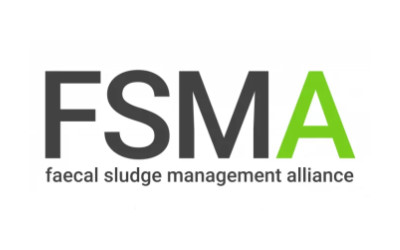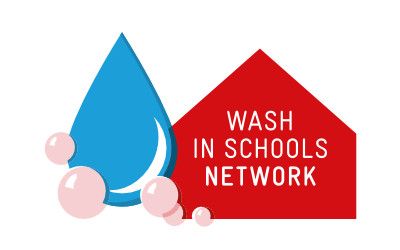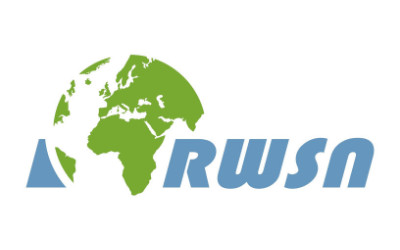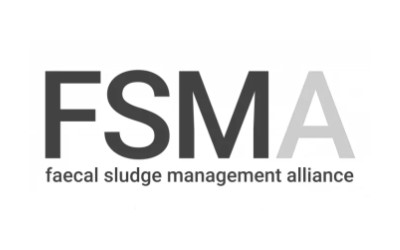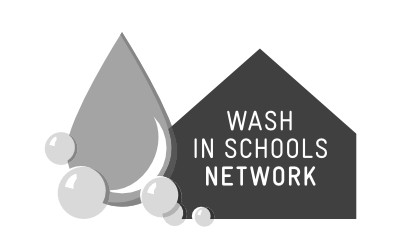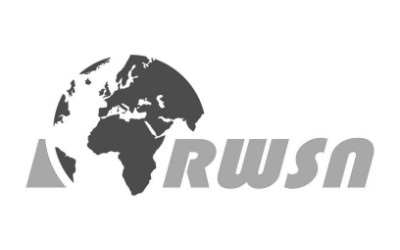Searching for information on Sanitation Workers?
The Sanitation Workers Knowledge + Learning Hub is the best source for all current news, trends, articles and updates on sanitation workers rights around the world.
Sanitation workers provide an essential public service to ensure cleanliness and safety along the sanitation chain. This is key to achieving the ambitious Sustainable Development Goal (SDG) 6, although poor working conditions, social and economic marginalization, high risk of infection and injury even death, mean it is often at the cost of their dignity, health and life. Strengthening social …
Sanitation workers provide an essential public service to ensure cleanliness and safety along the sanitation chain. This is key to achieving the ambitious Sustainable Development Goal (SDG) 6, although poor working conditions, social and economic marginalization, high risk of infection and injury even death, mean it is often at the cost of their dignity, health and life. Strengthening social …
The idea of a WASH Network Circle was born in 2022 from bilateral discussions between SuSanA and other networks, who expressed the need for key networks in the WASH sector to harmonise their activities and identify synergies. The WASH Network Circle was officially launched in Bonn in May 2023 during a meeting hosted by GIZ. Key networks including IWA, FSMA, GWOPA, pS-Eau, SSWM, SWEP, WIN, SaniHub …
Water, Sanitation and Hygiene (WASH) in Schools program in the Philippines has improved significantly over the past years of implementation and contributed to the health and well-being of school children. The program started in 2016 through the DepEd Order No. 10 S-2016 titled “Policy and Guidelines for the Comprehensive WASH in Schools (WinS) Program”. This policy has able to set specific …
The integration of gender equality and inclusion within water, sanitation and hygiene (WASH) service provision is critical to ensuring sustained and equitable access. Efforts to integrate gender considerations in the WASH sector have evolved from an instrumental approach towards a more transformational approach that supports dual outcomes in WASH and in gender equality more broadly. This report …
Urlabari Municipality was declared as municipality on 8th May 2014. The municipality is located in Morang District, Koshi Province. The municipality is divided into nine political wards. The municipality has total 70,908 population with 33,356 males and 37,552 females (Census 2021, n.d.).
Basic sanitation coverage in the municipality is 100%. All the surveyed households in the municipality …
Tansen Municipality is one of the oldest municipalities in the country, established in March 1950. It is located in Palpa District, Lumbini Province. The Municipality has a total of 14 political wards. Tansen Municipality occupies an area of 109.8 square kilometres. The municipality has a total population of 50,792 with 23,414 males and 27,378 females (Census 2021, n.d.).
Palpa District was …
The WASH for Health approach presents significant opportunities for advancing not only SDG 3 (Good Health and Wellbeing) and SDG 6 (Clean Water and Sanitation) through improving public health outcomes, including WASH in infectious disease control, health system strengthening, and sexual and reproductive health and rights. Adopting the One Health approach provides a broader perspective, …
The present project (K5/2897) was about the development, testing and evaluation of two prototype solar thermal drying technologies for the treatment of faecal sludge, namely a greenhouse-type solar dryer and a screw conveyer, and it included a pre-feasibility study.
The prototype testing showed that, temperatures between 35 and 45°C could be obtained with peaks up to 50°C, as well as relative …
The aim of this project is to characterize the moisture boundness in faecal sludge, i.e. how moisture can be found in the sludge structure matrix and its interactions with the solid material. The understanding of moisture boundness will be greatly beneficial to improve the dewatering and thermal drying processes.
The limit of bound-unbound moisture varies between 50 to 70% moisture content …
Birgunj Metropolitan City is located in the Parsa District, Madhesh Province of Nepal, near the southern border with India. Birgunj Metropolitan City was officially formed on 14 April 2017. It was created by merging several local administrative units, including Birgunj Municipality, Pokhariya Municipality, and Adarsh Kotwal Rural Municipality. The total area of Birgunj Metropolitan City is …
Sunwal Municipality is situated in Nawalparasi District of Lumbini Province in the southern region of Nepal. It was established on May 18, 2014 by merging the Village Development Committees (VDCs), Swathi and Sunwal. On March 10, 2017, it was reformed by merging the Ramnagar area and ward 6 of Dhurkot VDC with the already-existing Sunwal Municipality. It is divided into 13 wards.As per the …
Araihazar Municipality is situated within the Araihazar Upazila of Narayanganj District, under Dhaka Division. At present, Araihazar Municipality has 65 km of road network and 13.3 km of drain network. Araihazar is located between latitudes 23°40' and 23°53' north and 90°35' and 90°45 east. It is bordered on the north by the upazila of Narsingdi Sadar, on the west by the upazilas of Rupganj …
Betagi Municipality is situated within the Betagi Sub-District (Upazila) in Barguna District (Zila), which is under Barishal Division. The geographical coordinates of Betagi are between 22º 09.45' and 22º 11.52' N and between 90º 11.55' and 90º 13.12' east longitude . It is bordered on the north by the Upazilas of Bakerganj and Rajapur, on the south by the Upazila of Barguna Sadar, on the …
Cox’s Bazar is a fast-growing city, which is 402 km away from Dhaka city and it is well connected with road, and airways. It is bounded by the Bakkhali River in the north and east and by the Bay of Bengal in the west. Cox’s Bazar Municipality was established in 1869. it was upgraded to class A municipality in 1972. Cox’s Bazar is one of the 53 municipalities in the country.According to the …
Kalihati Municipality is situated within the Kalihati Sub-District (Upazila) in Tangail District (Zila), which is under Dhaka Division. The geographical coordinates of Kalihati are latitudes 24⁰16' N and 24⁰ 25' N and longitudes 89⁰ 85' E and 90⁰ 05' E. Its northern and western boundaries are formed by the upazilas of Bhuapur and Ghatail, the southern and eastern boundaries by the …
Sreepur Municipality is located in the Sreepur Upazila of Gazipur District under Dhaka Division. It is approximately 25 kilometres from the District town and in the southeastern portion of the Gazipur District. The geographical coordinates of Sreepur are between 24°10' and 24°14’ N and 90°23' and 90°29'" E . It is bordered on the north by the upazilas of Bhaluka and Gaffargaon, on the …
Sonargaon is one of the ancient capitals of Bengal and served as the administrative centre of eastern Bengal. It is located in the Sonargaon Upazila of the Narayanganj District within the Dhaka Division. The geographical coordinates of Sonargaon are 23°38' N and 90°35' E . Its northern and western boundaries are defined by Araihazar and Rupganj upazilas, its southern and eastern boundaries by …
Singair Municipality is situated within the Singair Sub-District (Upazila) in Manikganj District (Zila), which is under Dhaka Division. The geographical coordinates of Singair are between latitudes 23°44' N and 23°52' N and longitudes 90°04' E and 90°16' E. The municipality is bounded on the north by Talebpur union, on the south by Charigram and Sayasta union, on the east by Joymontop union, …
Paikgachha Municipality is situated within the Paikgachha Upazila of the Khulna District in the Division of Khulna. The geographical coordinates of Paikgachha are 22°35'20.04"N and 89°20'9.96"E . Paikgachha Municipality is situated in the Khulna District. Its northern and southern boundaries are Tala and Dumuria Upazilas, its southern and eastern boundaries are Batiaghata and Dacope Upazilas, …
In the south of the nation, in the Galachipa Upazila, lives Galachipa, a municipality from the Patuakhali area, under the Barishal Division. The geographical coordinates of Galachipa are 22°09'50.04"N and 90° 25' 50.16" E . Galachipa Municipality is situated in the Patuakhali District. The district is bordered on the north by Barisal, the east by Bhola District, the south by the Gulf of …
Bauphal Municipality is situated within the Bauphal Sub-District (Upazila) in Patuakhali District (Zila), which is under Barishal Division. Bauphal became Upazila in 1983 Paurashava in 2001. The geographical coordinates of Bauphal are 22° 24' 59.7" N and 90° 33' 04.0" E . The municipality is situated 38.1 km northeast from Patuakhali and 240 km southwest from Dhaka. It is bordered by the …
Kaliakair Municipality is situated within the Kaliakair Sub-District (Upazila) in Gazipur District (Zila), which is under Dhaka Division. The geographical coordinates of Kaliakair are 24° 4' 10.03'' N and 90° 13' 19.64'' E . It is bordered on the north by the Upazilas of Mirzapur and Sakhipur, on the south by the Upazilas of Savar and Dhamrai, on the east by the Upazilas of Gazipur Sadar and …
Malangwa Municipality is in Sarlahi District, Madhesh province of Nepal. It has a total of 12 wards and covers an area of 30.44 square kilometres. The municipality was established in 2 March, 1987. It is bounded by Brahmapuri rural Municipality and Sonbarsa region of India in the east, Chakarghatta, Kaudena and Bishnu rural Municipalities in the west, Kabilasi Municipality in the north and …
Jaleshwar Municipality is in Mahottari District, Madhesh Province of Nepal. It has a total of 12 wards and covers an area of 44.72 square kilometres. It shares its boundary with Mahottari District and Pipra Rural Municipality in the north, Sitamadi District of neighboring country India in the south, Matihani Rural Municipality in the east and Ekdara Rural Municipality in the west. According to …

